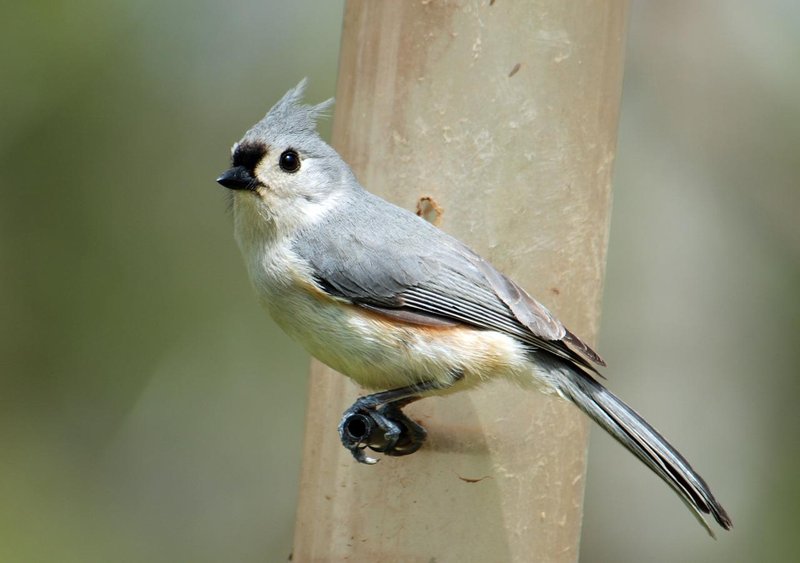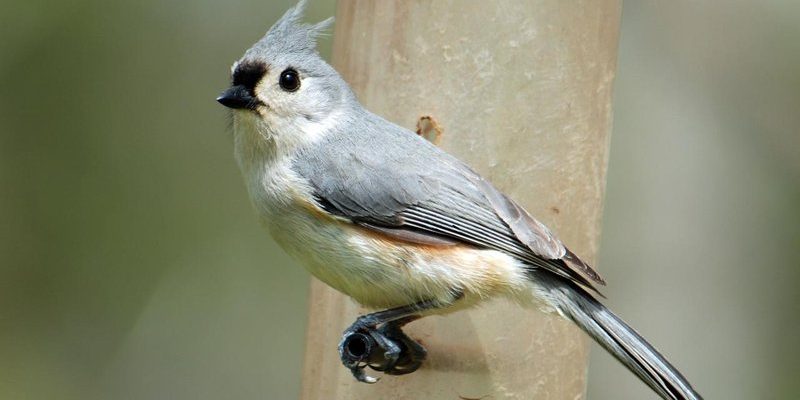
Inchworms are particularly popular with many songbirds during the warmer months. They’re the perfect snacks, providing the energy and nutrients necessary for birds to breed and raise their young. So, let’s explore which bird species have a taste for these crawling treats and why they seek them out.
What Are Inchworms?
Before diving into the birds that eat them, let’s clarify what inchworms actually are. These creatures are the larvae of various moth species, and they get their name from the unique way they move. Instead of crawling like most caterpillars, inchworms inch along by looping their bodies, making them look like they’re measuring the ground.
Inchworms are typically found in trees and shrubs, where they munch on leaves. During the daytime, they blend in with their surroundings, making them hard to spot—unless you know what you’re looking for. Their green color helps them stay hidden from predators, but luckily for birds, they can still be found with a keen eye.
Why Do Birds Eat Inchworms?
You might be wondering, “What makes inchworms so appealing to birds?” Well, here’s the thing: inchworms are packed with **protein**, which is essential for birds, especially during breeding season. When birds are raising their chicks, they need to deliver nutrient-rich food to ensure their young grow strong and healthy.
Inchworms are easy to spot when they’re in the right habitat, and because they are relatively abundant during spring and summer, birds don’t have to search too hard. This availability makes inchworms a go-to food source. Think of it like fast food for our feathered friends—quick and easy!
Common Bird Species That Prefer Inchworms
Several bird species have a soft spot for inchworms. Here are some of the most notable:
- Chickadees: These small, friendly birds are known for their signature “chick-a-dee-dee-dee” call. Chickadees often search for inchworms among the leaves and branches of trees, proving they’re not just adorable but also smart foragers.
- Warblers: These tiny, colorful birds are avid insect feeders. During the spring migration, many warblers specifically target inchworms to fuel their long journeys.
- Woodpeckers: While woodpeckers are famous for their drumming on tree trunks, they also venture out to catch inchworms. Their keen eyesight helps them spot these caterpillars from a distance.
- Blue Jays: Known for their intelligence and bold behavior, blue jays have a diverse diet that includes inchworms. They can be quite the opportunistic feeders.
- Tits: Similar to chickadees, these small birds are experts at hunting insects among foliage, and inchworms make a tasty treat for them.
Each of these birds thrives on the nutrition that inchworms provide, demonstrating how interconnected nature truly is.
Habitat and Timing: When Do Birds Hunt for Inchworms?
Inchworms typically emerge in spring, coinciding with the nesting season for many birds. This timing is vital because it ensures that the birds have plenty of food right when they need it the most. They’re not only feeding themselves but also supplying their chicks with the energy-packed meals necessary for growth.
Birds tend to hunt for inchworms in wooded areas, gardens, and parks where trees are abundant. It’s best to look for them during the early morning or late afternoon—birds are often most active during these times, flitting from branch to branch in search of their favorite delicacies.
How Do Birds Catch Inchworms?
The hunting skills of birds can be quite impressive. Most of them use their sharp eyesight to locate inchworms hidden among leaves. Once spotted, they swoop in quickly and snatch them up with their beaks.
Some birds, like warblers and chickadees, often use a method called “gleaning,” where they pick inchworms off leaves and twigs. Others might choose to hover and snatch them mid-crawl, showing off their agility and speed. It’s a fascinating spectacle to see how each species has adapted its hunting methods to catch these crafty little caterpillars.
Impact of Environmental Changes on Inchworm Populations
You might be curious about how factors like climate change or habitat destruction impact inchworm populations. Well, changes in temperature and moisture levels can seriously affect these creatures. For instance, if it gets too warm too quickly in early spring, it can lead to a population boom or crash.
When the balance is off, it affects not just the inchworms themselves but also the birds that rely on them. Fewer inchworms mean less food for hungry birds, which can lead to a decline in bird populations. It’s a ripple effect that highlights the fragility of our ecosystem.
Understanding the relationship between bird species and inchworms is essential for appreciating our ecosystem’s complexity. Inchworms are more than just little green caterpillars; they’re vital nourishment for various birds. By protecting bird habitats and ensuring a healthy environment, we help maintain this important food chain.
So, the next time you’re outside and hear a chickadee calling or see a blue jay flitting about, remember: they might just be on the lookout for their next inchworm snack. Nature works in beautiful harmony, and every little creature has its part. Let’s do our best to keep it that way!

